CONTENTS
Carry-Ons vs. Personal Items: Understanding The Differences
Cabin Backpacks - Made for All Airlines
View AllMade to fit under the seat
View AllIf you've ever flown on an aeroplane, you know that packing can be a bit of a challenge. With so many different luggage options available, it can be tough to know which type of bag to use for your trip.
Should you bring a carry-on bag or a personal item? What's the difference between the two? What to pack in your carry on or personal item? And why does it even matter?
In this article, we'll answer these questions and more. We will break down everything you need to know about Carry-Ons vs. Personal Items, discuss the benefits of each, and provide tips for choosing the right bag for your next trip.
What Is A Carry-On?
Let's start with the basics: what is a carry-on bag? A carry-on is a piece of luggage you can bring onto the aeroplane with you. It's typically a small suitcase or backpack that fits in the overhead bin.
Different airlines have different rules regarding carry-on luggage, but most airlines allow one carry-on bag per passenger. The dimensions of your carry-on bag may vary, so it's essential to check with your airline before you pack.
1. Benefits Of Using A Carry-On

A CabinZero cabin bag being put into the overhead compartment.
There are several benefits to using a carry-on bag when you fly. First, you don't have to worry about your luggage getting lost or delayed. Since you're bringing your bag onto the plane with you, you can be sure that it will arrive at your destination when you do.
Carry-on bags are also convenient because they're easy to transport. You don't have to worry about checking your bag or waiting for it at the baggage claim. Instead, you can simply grab your bag from the overhead bin and be on your way.
2. What To Pack In A Carry-On Bag
Since you'll be bringing it onto the plane with you, it's a good idea to pack any essential items that you'll need during the flight. This might include a book, headphones, a phone charger, a change of clothes, and any medications you need.
You should also pack any valuables or fragile items in your carry-on bag rather than check them with your luggage. This way, you can keep an eye on them and ensure that they arrive at your destination safely.
Moreover, in order to avoid additional fees and unexpected circumstances, pay attention to what is not allowed to pack in a carry-on. The last thing you want to part ways with your favourite perfume just because it was packed more than the allowed amount.
What Is A Personal Item?

A personal item is also called an underseat bag.
A personal item is a smaller bag that you're allowed to bring onto the aeroplane in addition to your carry-on bag. It's typically a purse, backpack, or laptop bag that fits under the seat in front of you.
In order to distinguish a carry-on from personal items, it’s mostly about the sizes. Again, the dimensions of your personal item may vary depending on your airline, so it's important to check before you pack.
1. Benefits Of Using A Personal Item
So, why would you want to bring a personal item in addition to your carry-on bag? There are several benefits to carrying a personal item when you fly.
First, a personal item can be a great way to maximise your packing space. Most of the time, you can bring one carry-on bag and one personal item. If you want to bring more, you may have to purchase an additional baggage allowance or upgrade your ticket.
Personal items are also convenient because they're easily accessible during the flight. It’s a hassle reaching for your carry-on in the overhead bin and opening it in the middle of the flight to find your items.
2. What To Pack In A Personal Item
Since your personal item will be placed under the seat in front of you, you should pack any items that you'll need during the flight. Ideally, you will want a secondary, handy bag to store them.
This might include a book or e-reader, headphones, a phone charger, a travel pillow, and any snacks you want to bring with you. You can also use your personal item to store any items that you might need to access quickly, like your passport or ID.
Carry-Ons Vs. Personal Items: What's The Difference?
Now that we've covered the basics of carry-on bags and personal items let's talk about the differences between the two. Here’s what you need to know at a glance:
Carry-on:
- Typically a large handbag or trolley around 22 x 14 x 9 inches
- Can weigh around 7-10 kg (15-22 lb)
- Can be a roller, suitcase, etc.
- Must fit in the overhead compartment
Personal items:
- Smaller in size, often 18 x 14 x 8 in
- Typically have no specified maximum weight
- Can be a laptop bag, briefcase, or a small handbag
- Fit under the seat in front.
1. Size and Shape
Carry-on bags are rectangular and spacious, perfect for transporting clothes, shoes, and other bulky items. They are designed to fit in the aeroplane's overhead bin and can vary in size depending on the airline's restrictions. Generally, carry-on bags are allowed to be up to 22 inches long, 14 inches wide, and 9 inches high.

The biggest difference between carry-ons and personal items is their size.
On the other hand, personal items are typically smaller and more adaptable. Examples of personal items that you may bring on board include a small handbag, briefcase, or backpack. They are usually 18 inches long, 14 inches broad, and 8 inches high.
2. Allowed Items
Another difference between carry-ons and personal items is the types of items that you're allowed to bring. Since carry-on bags are placed in the overhead bin, there may be restrictions on the types of items that you can bring. These restrictions may include the following:
- Prohibited items: Explosives, flammable items, and sharp objects are typically banned in carry-on bags. You can check the TSA website or government travel advisory for more information.
- Liquids and gels: Liquids, gels, and aerosols must be in containers that are 3.4 ounces (100 millilitres) or less and placed in a single, quart-sized, clear plastic bag. This includes items such as toiletries, cosmetics, and beverages.
- Sports equipment: Some airlines have specific rules regarding sports equipment, such as golf clubs, skis, and snowboards. These items may be allowed as carry-ons, but they may need to be packed in a specific manner or checked as special baggage.
- Oversized bags: Carry-on bags are typically restricted to a certain size and weight limit, which varies by airline. If your bag exceeds these limits, you may be asked to check it at the gate or pay an additional fee.
Depending on the airline, you may be able to bring additional items with you, such as a jacket, umbrella, or food and drink items. You may also be able to bring a personal care kit that includes items such as toothpaste, a toothbrush, and face wipes.
3. Accessibility During the Flight

A carry-on and a personal item can be distinguished by their location on flights.
Since your personal item is placed under the seat in front of you, it is more easily accessible during the flight. You don’t have to reach the overhead compartment and open your suitcase in the middle of the plane.
4. Additional Fees
Finally, it's important to note that additional fees are associated with bringing an extra carry-on bag or personal item on your flight. Some airlines may charge extra fees for larger carry-on bags or additional personal items.
Carry-Ons vs. Personal Items: Which One To Choose?
Now that you know the differences between carry-on bags and personal items, how do you choose which one to bring on your trip? Here are a few factors to consider:
- How long is your trip? If you're only going away for a weekend, you may be able to pack everything you need in a carry-on bag and a personal item. You may need to check a larger bag if you're going for a longer trip.
- What types of items do you need to bring? If you're bringing a lot of electronics or other fragile items, you may want to bring a larger carry-on bag to ensure everything is protected.
- How much do you want to carry? If you don't want to lug a heavy bag through the airport, you may want to stick with a smaller carry-on bag and personal items.
- What are the airline's rules? Finally, check with your airline to ensure you're following their rules and avoiding any unexpected fees.
Carry-Ons and Personal Items Packing Tips
Do you want to make your travels more convenient and stress-free? After clarifying the difference between Carry-Ons vs Personal Items, let’s continue with some helpful tips and tricks for packing the two.
1. Know The Airline’s luggage restrictions
The Airline’s luggage restrictions for carry-ons and personal items also vary according to the airline and the ticket types. To ensure your bags meet the requirements and avoid any additional fees, you should visit the airline’s website to do so. For starters, you should check these rules:
- Size and weight
- Liquids
- Prohibited items (such as knives and scissors)
- Batteries
- Fragile items (such as drugs and explosives).
2. Choose The Right Backpack
Choosing a backpack for personal items and carry-ons can offer several advantages over traditional options such as purses or roller suitcases. Backpacks provide hands-free convenience, allowing you to easily navigate crowded areas or carry additional items.
They also come in various good sizes and styles, making them versatile for carrying everything from laptops to hiking gear.

A backpack can bring you more comfort during the trip than a roller suitcase.
Backpacks distribute weight evenly across your back and shoulders. Designed with ergonomics in mind, they prevent strain and discomfort during long periods of wear.
Additionally, they are more mobile and secure than roller suitcases, making them an excellent choice for exploring new destinations.
When choosing the right backpack for carry-ons and personal items, there are a few factors to consider. Here are some tips to help you choose the best backpack:
- Size: Make sure the backpack you choose meets the size requirements for both carry-on luggage and personal items for the airline you will be flying with.
- Comfort: Look for a comfortable backpack with padded shoulder straps and a back panel that provides good support.
- Organisation: Choose a backpack with plenty of pockets and compartments to help you stay organised. Look for a backpack with a separate laptop compartment and other pockets for things like your passport, phone, and other small items.
- Durability: Water-resistant or waterproof materials can also help protect your belongings in case of rain or spills.
- Style: Many different styles and designs are available, so choose one that suits your needs for that good look.
3. Packing Light And Only Bring What You Need
Carry-ons and personal items are also different in how they will be packed. However, the most crucial strategy is packing light. For travelling, it is an excellent way to simplify travel and make it more enjoyable.
To pack efficiently, start by making a list of everything you need to bring. For example, opt for versatile clothing items that can be mixed and matched to create multiple outfits.
Think about what you'll be doing on your trip and pack accordingly. If you're planning to hike, bring comfortable shoes and activewear. If you are attending a formal event, bring dressier clothing.
Furthermore, you should avoid bringing "just in case" items that you may not need. Remember, packing light doesn't mean sacrificing comfort or style. By being strategic about what you bring, you can easily travel and enjoy your trip without the burden of heavy luggage.
Best Bags For Carry-On And Personal Items
1. Carry-On Bags
When choosing a cabin bag, it's important to stick to the standard carry-on size: 56 x 36 x 23 cm (22 x 14 x 9 inches) — though this can vary slightly depending on the airline. If you're flying with a low-cost or strict airline, it's worth considering a backpack that’s soft and flexible, making it easier to fit into the airline’s sizer at the gate. Structured bags may look sleek, but a softer backpack gives you a better chance of avoiding extra fees.
2. Personal Items
For personal items, the most flexible options are small bags like bum bags, shoulder bags, or compact backpacks that can easily slide under the seat in front of you. These are perfect for keeping your essentials close, and they’re usually accepted by all airlines without issue.
FAQs
1. Can You Bring A Personal Item And A Carry-On?
Most airlines let you bring a carry-on bag and a personal item. In most cases, your handbag, briefcase, or small backpack must fit beneath the seat in front of you and within the airline's size restrictions. In contrast, a carry-on bag is typically larger and is stored in the overhead compartment.
2. Can I Bring 2 Personal Items Instead Of A Carry-On?
Some airlines allow several personal items, while others allow one and a carry-on bag. If an airline permits two personal items instead of a carry-on, the second item must be small enough to fit beneath the seat in front of you. To minimise airport confusion, verify your airline's guidelines before your journey.
3. Is A Backpack A Personal Item Or A Carry-On?
A backpack can be both a personal item and a carry-on item, depending on its size and the airline's specific policies. A backpack that can fit under the seat in front of you would be considered a personal item. A larger backpack that needs to be placed in the overhead bin would be considered a carry-on item.
Conclusion
When choosing between a carry-on bag and a personal item, it's important to consider the length of your trip, the types of items you need to bring, and the airline's rules.
By packing efficiently and following airline guidelines, you can maximise your limited space and avoid any unexpected fees.
Ultimately, deciding what to bring on your trip is up to you. Whether you bring a carry-on bag, a personal item, or both, pack wisely and enjoy your travels!
Ha Ngan

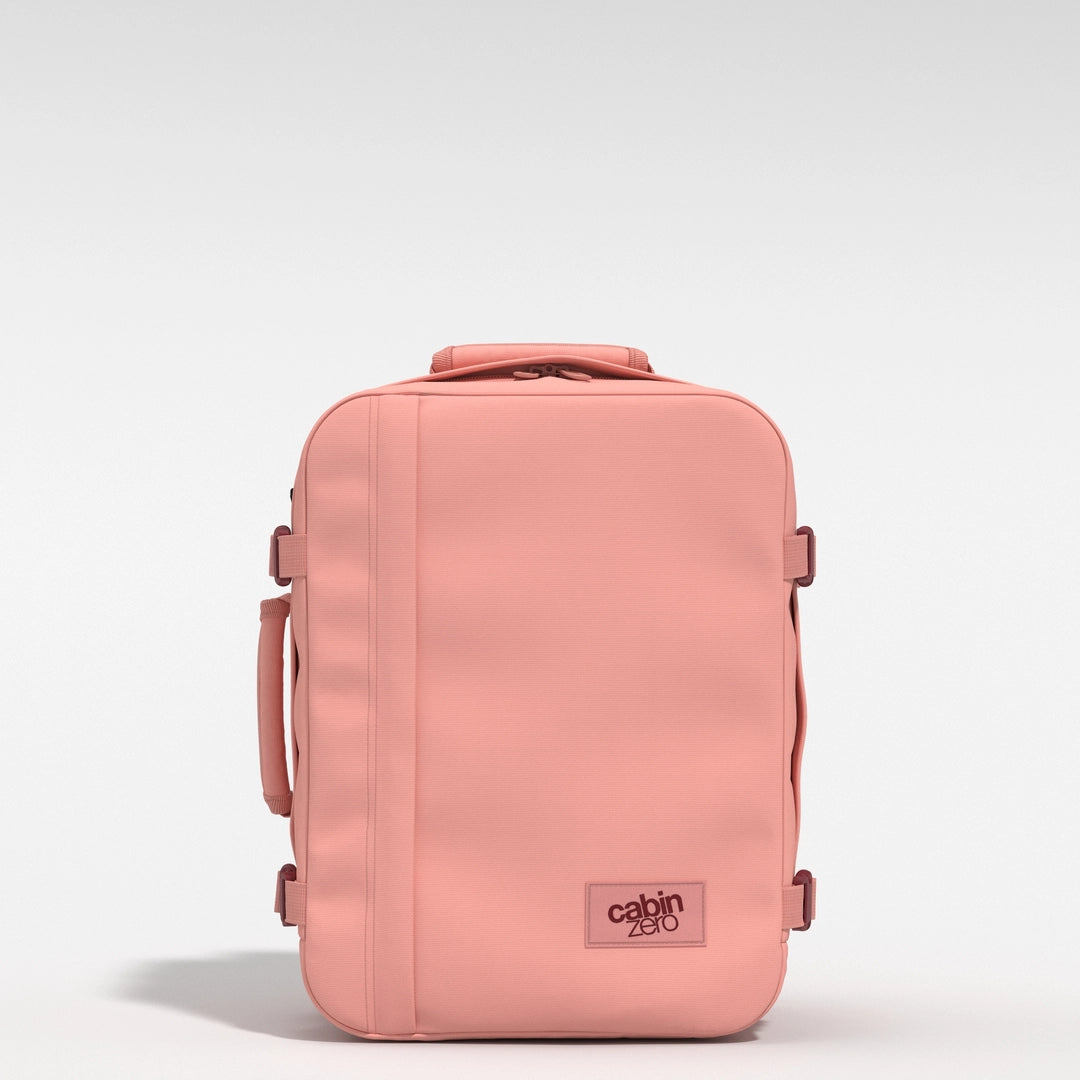

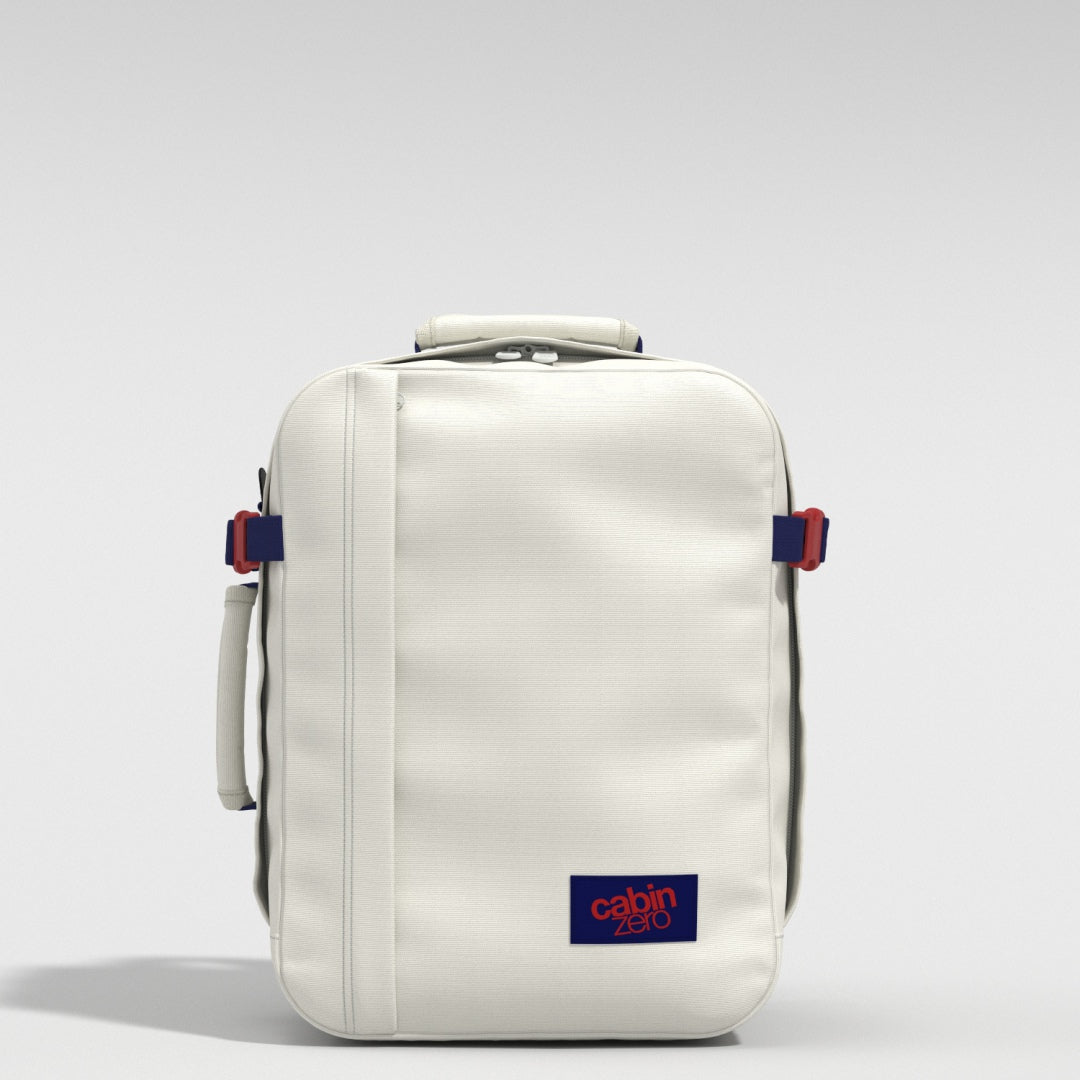

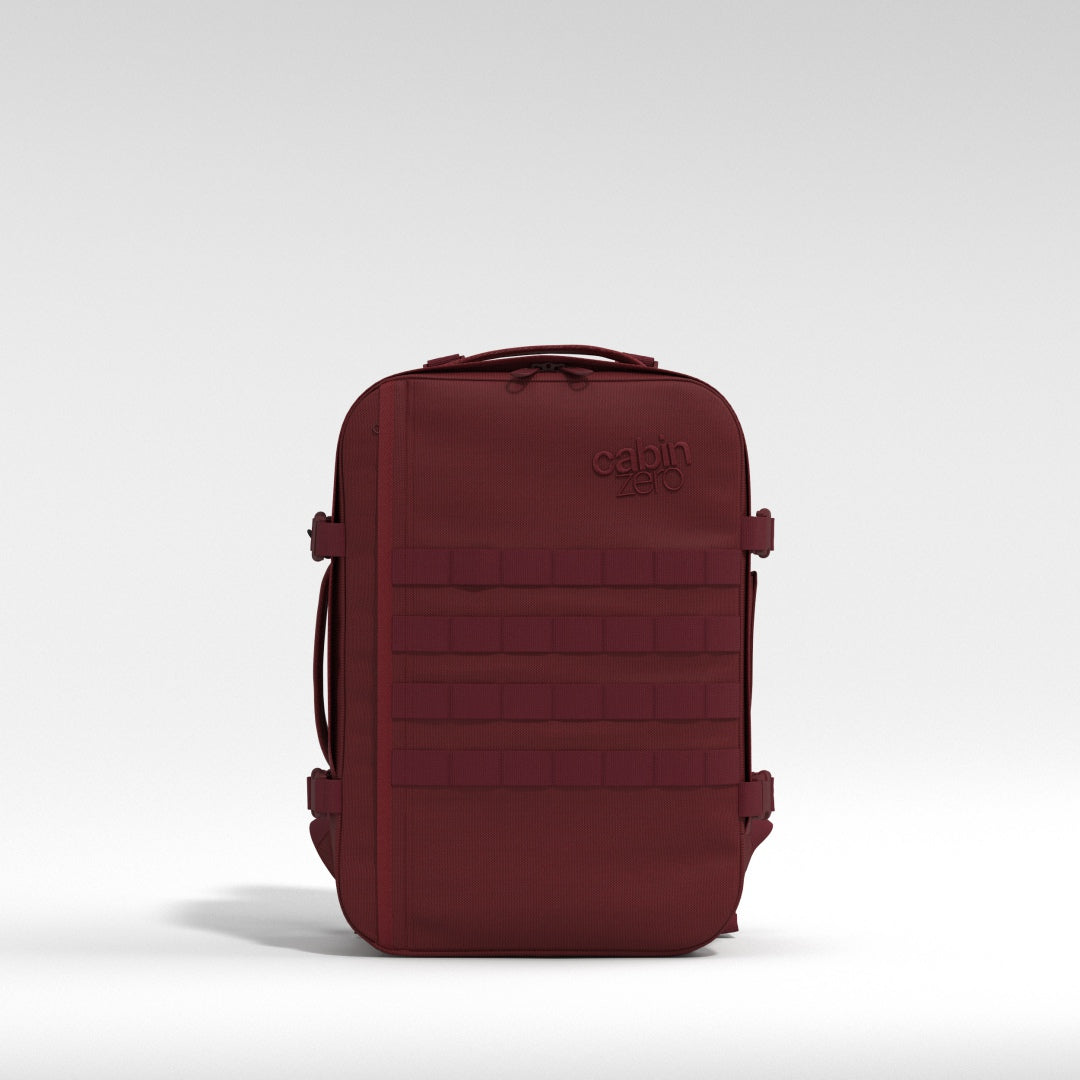

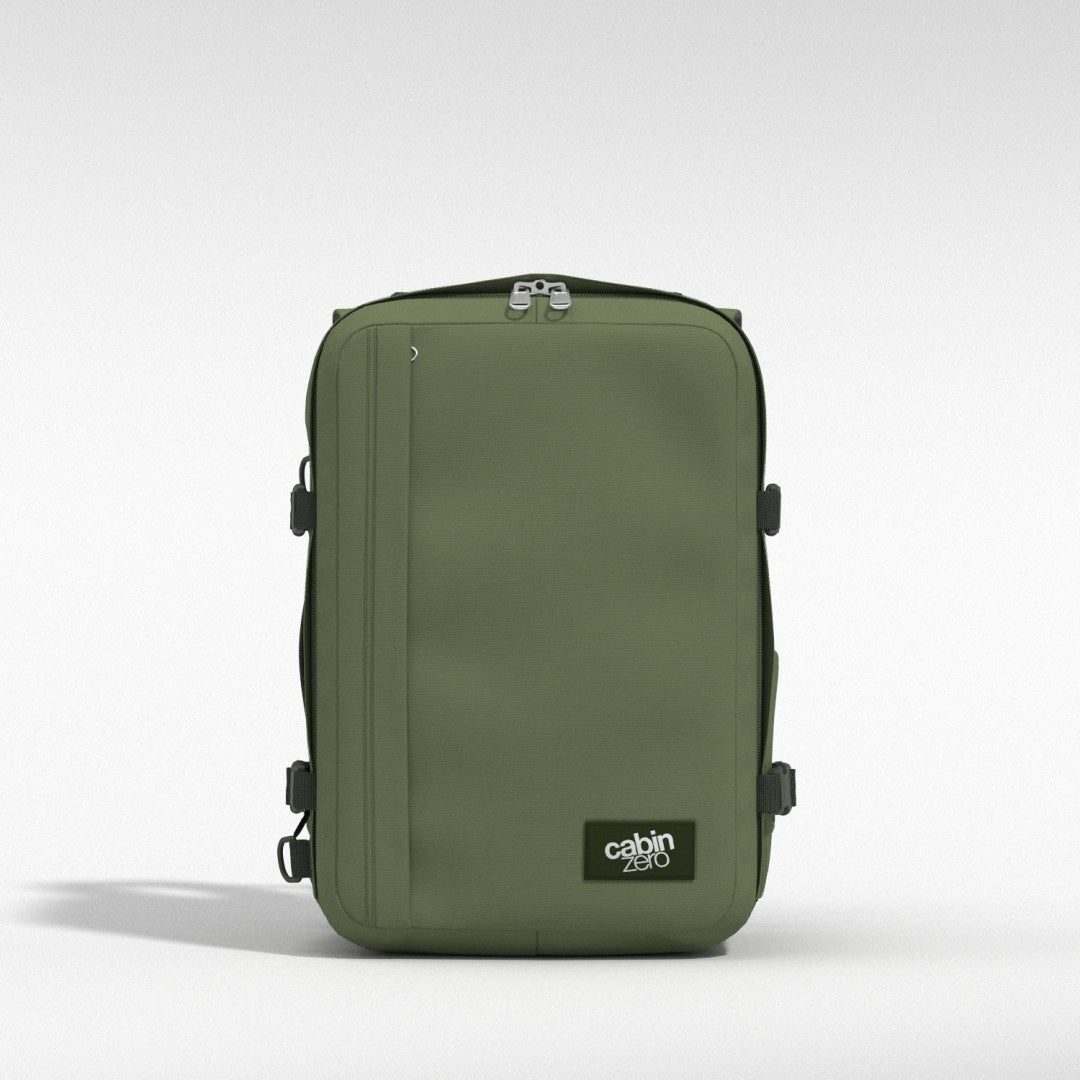

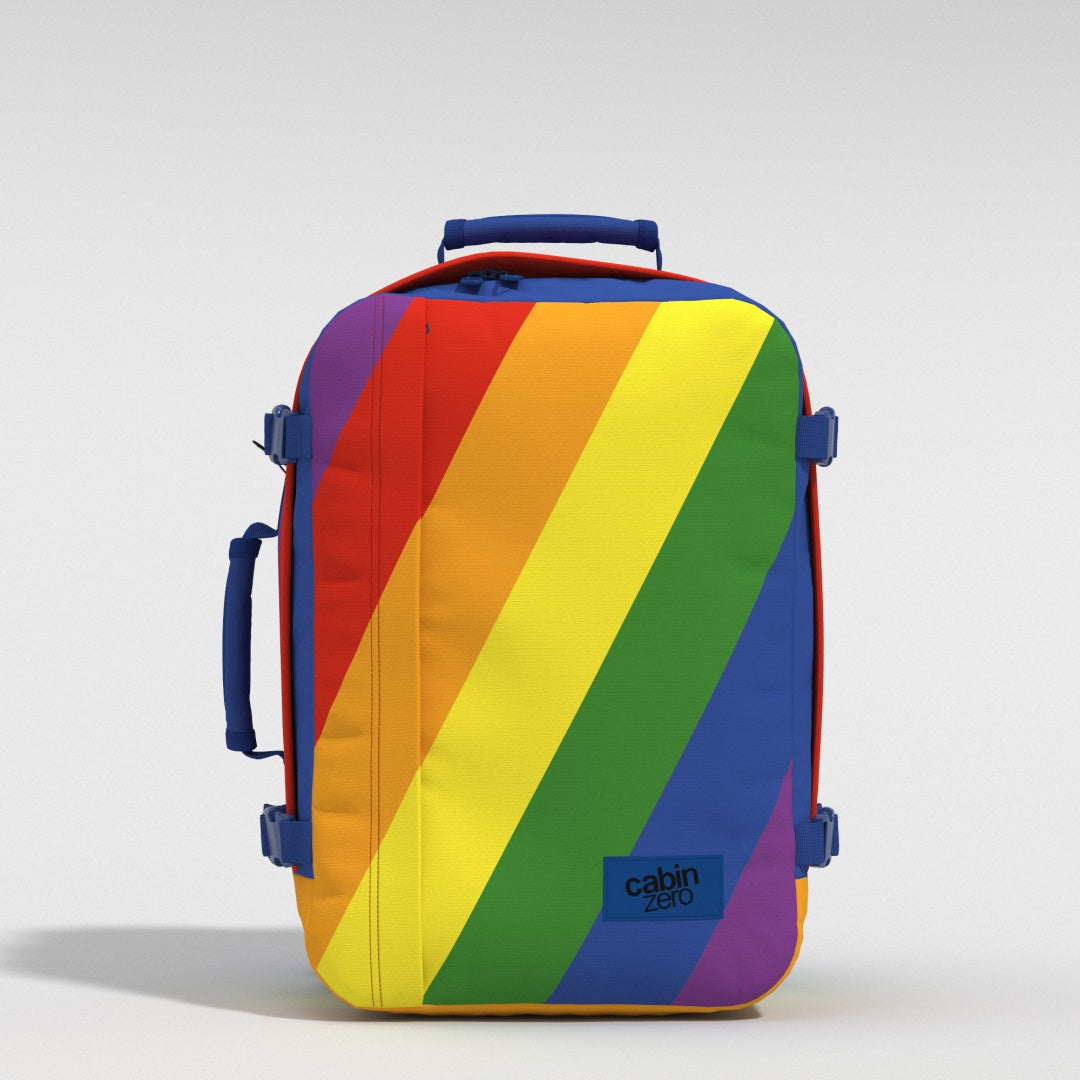




Leave a comment